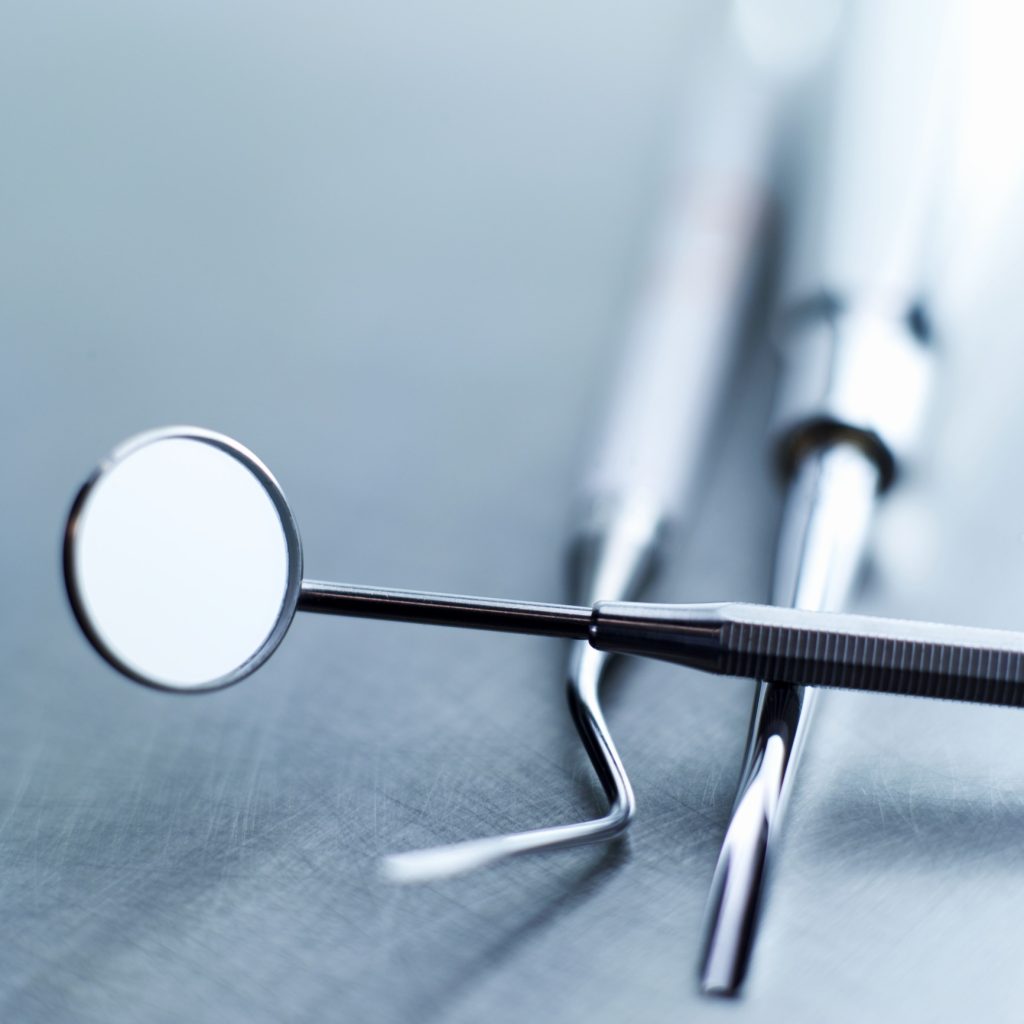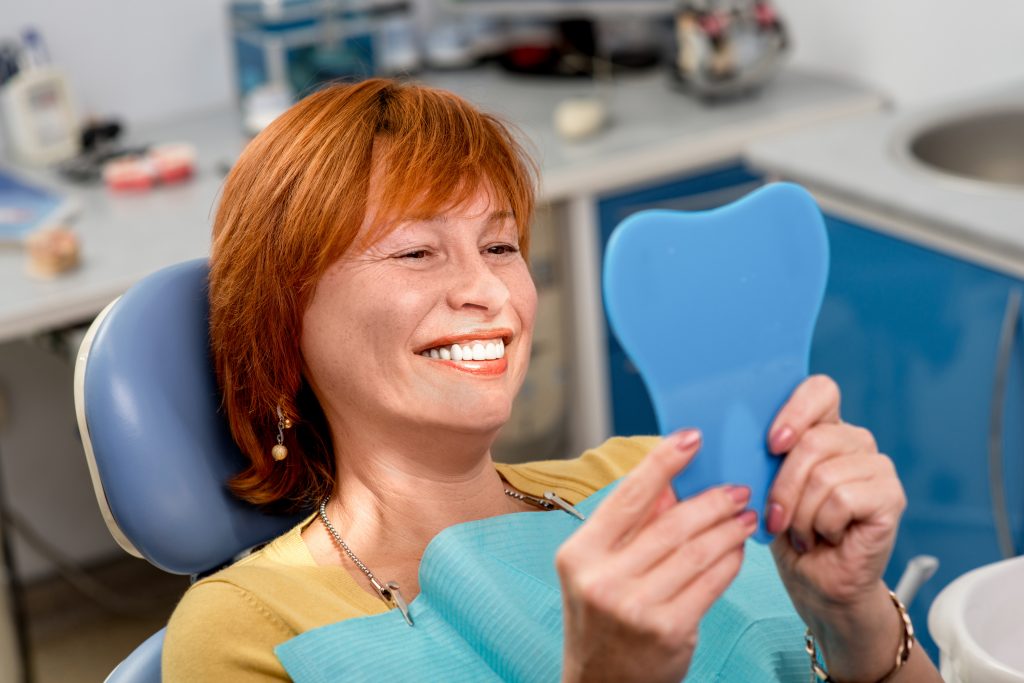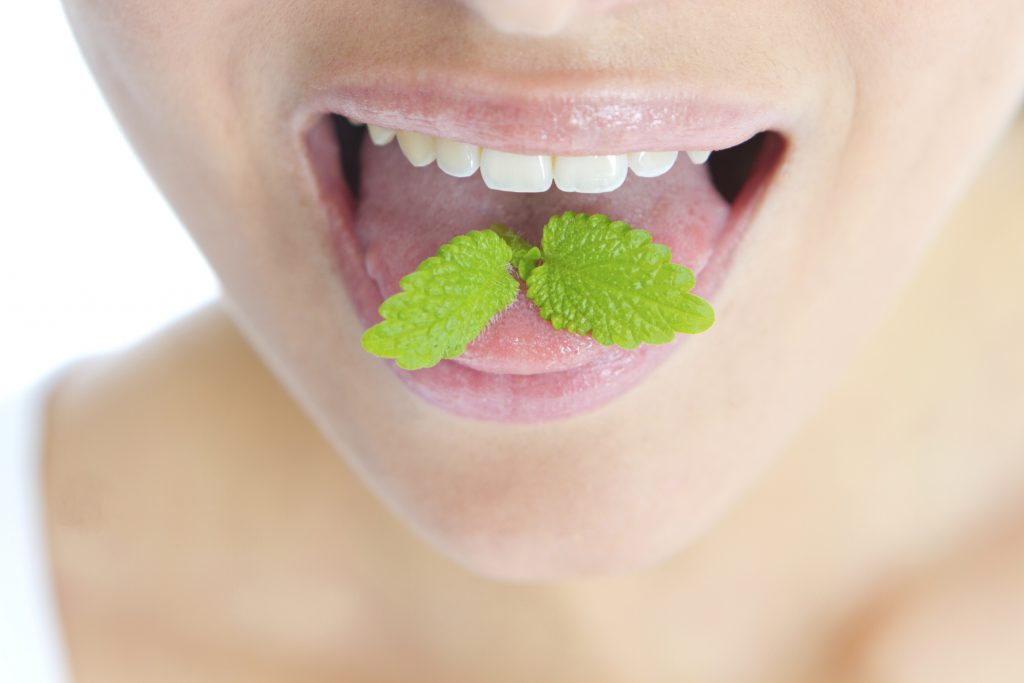
It’s a fact of life most of us try not to think about but it happens to the best of us – our gums begin to recede. In fact, this is where the saying ‘long in the tooth’ comes from. And while it is a natural occurrence as we age, it is important that you keep up your dental routines when this happens, as bacteria penetrate your gums and cause further dental issues. Prior to the Pinhole® Surgical Technique, gum recession was remedied through a painful gum grafting procedure. Nowadays, gum recession can be remedied without having to make a single cut, not only reducing pain and discomfort grafting surgery can do, but also recovery time. Still not sure? Let’s take a look at some of the more common questions:
What is the Chao Pinhole® Surgical Technique? The Chao Pinhole® Surgical Technique is a way to repair gum shrinkage through a pinhole in the gum without having to cut.
How long does the standard gum grafting procedure take? To delicately cut and remove the graft tissue and attach it with sutures takes about an hour to an hour and a half for just one or two teeth, with a recovery period of two or three weeks.
What’s the key to the PST procedure? The key to The Pinhole® Surgical Technique is a pinhole that is made by a needle, deleting the need for a scalpel or cutting. The tissue down is shifted with very little trauma, removing any open wounds to deal with.
Will I have to do this often? This is expected to be permanent and lasts long as any other procedure. If everything is healthy and there is no over-brushing, it can last years.
If you would like to find out more about Pinhole® Surgical Technique , contact Dr. Gamarnik at 714-842-5626 to schedule a consultation or visit www.hbadvanceddentalspecialists.com for additional information.
Dr. Rudy Gamarnik proudly serves Huntington Beach and all surrounding areas.


